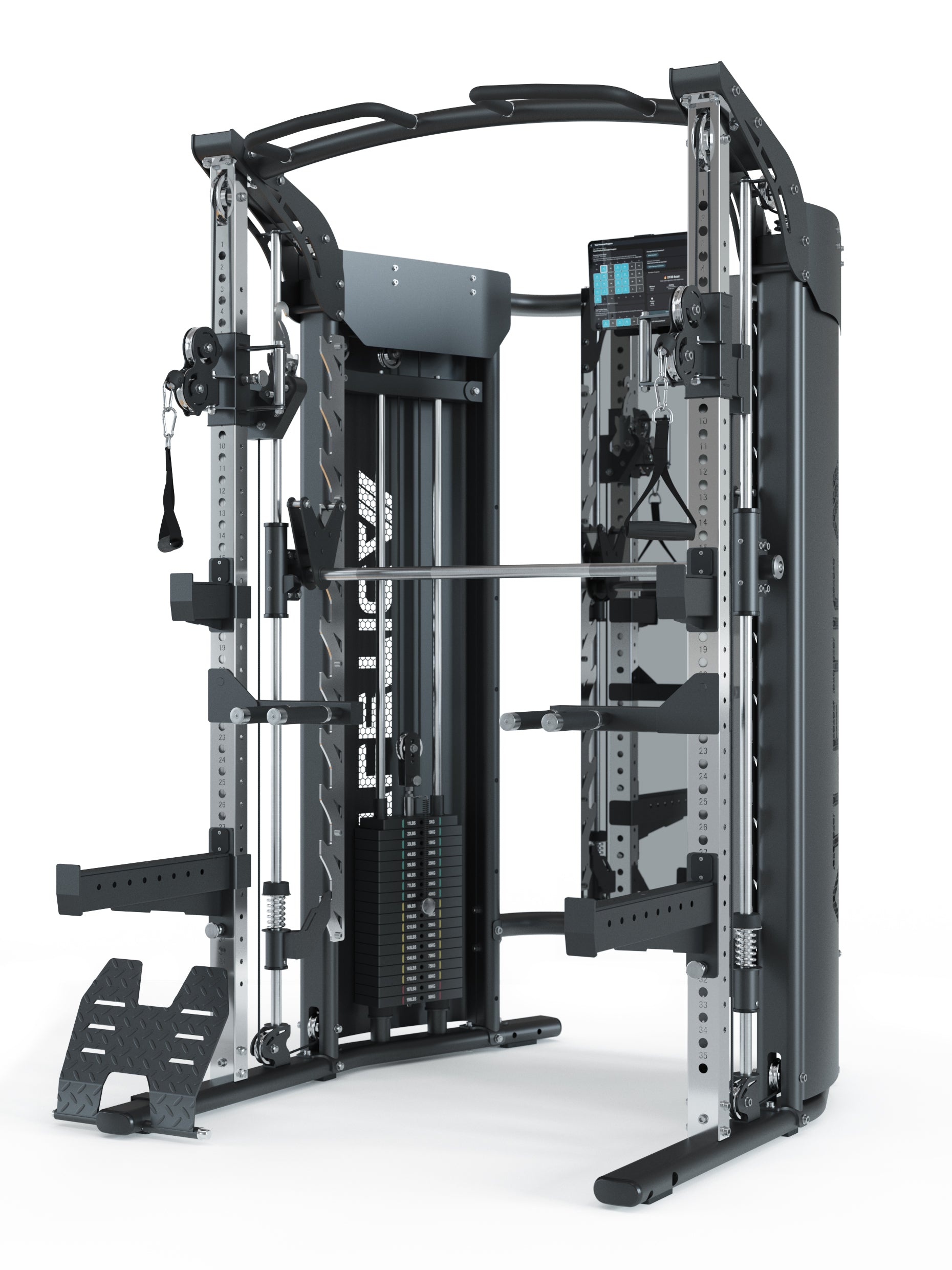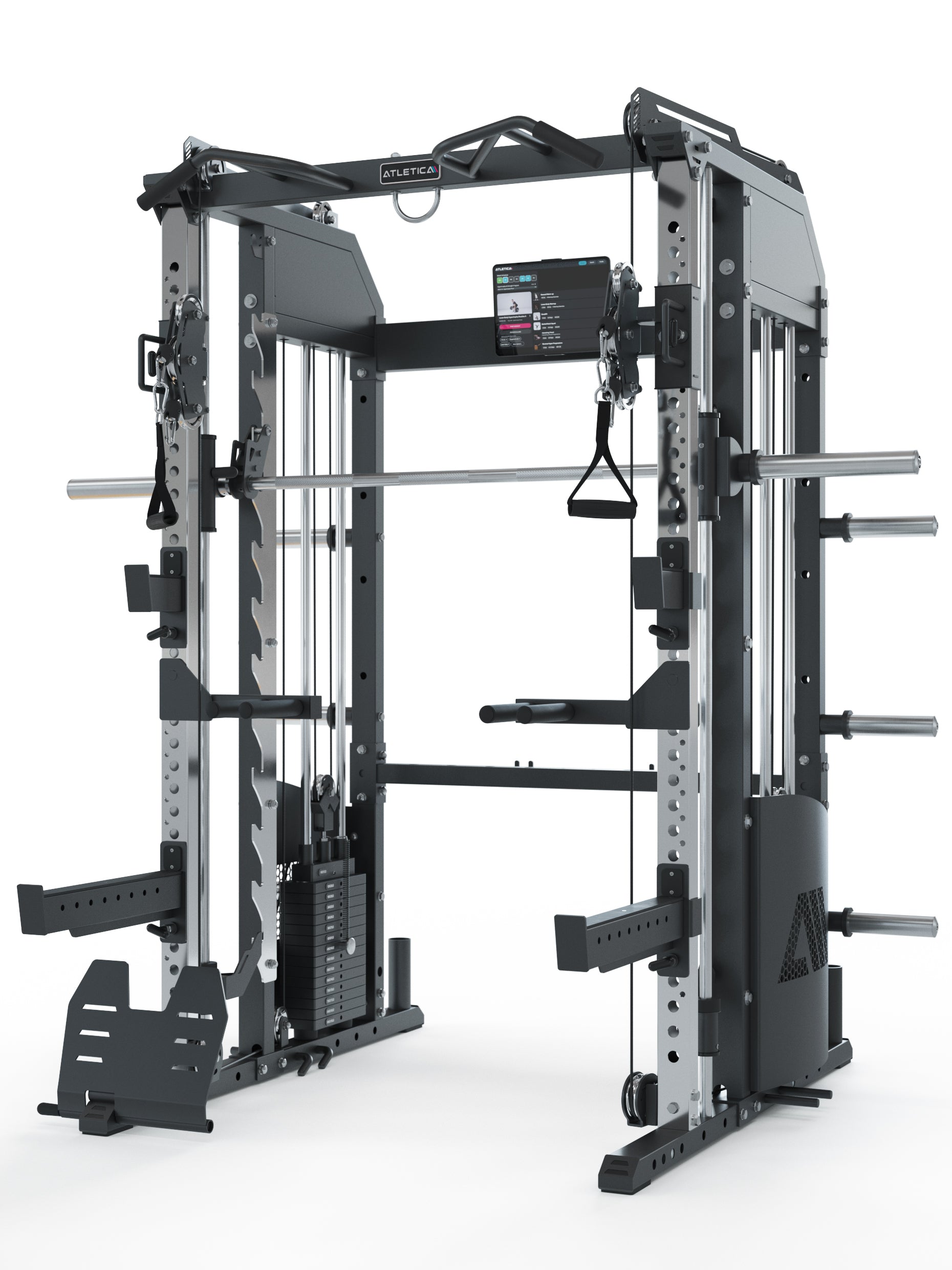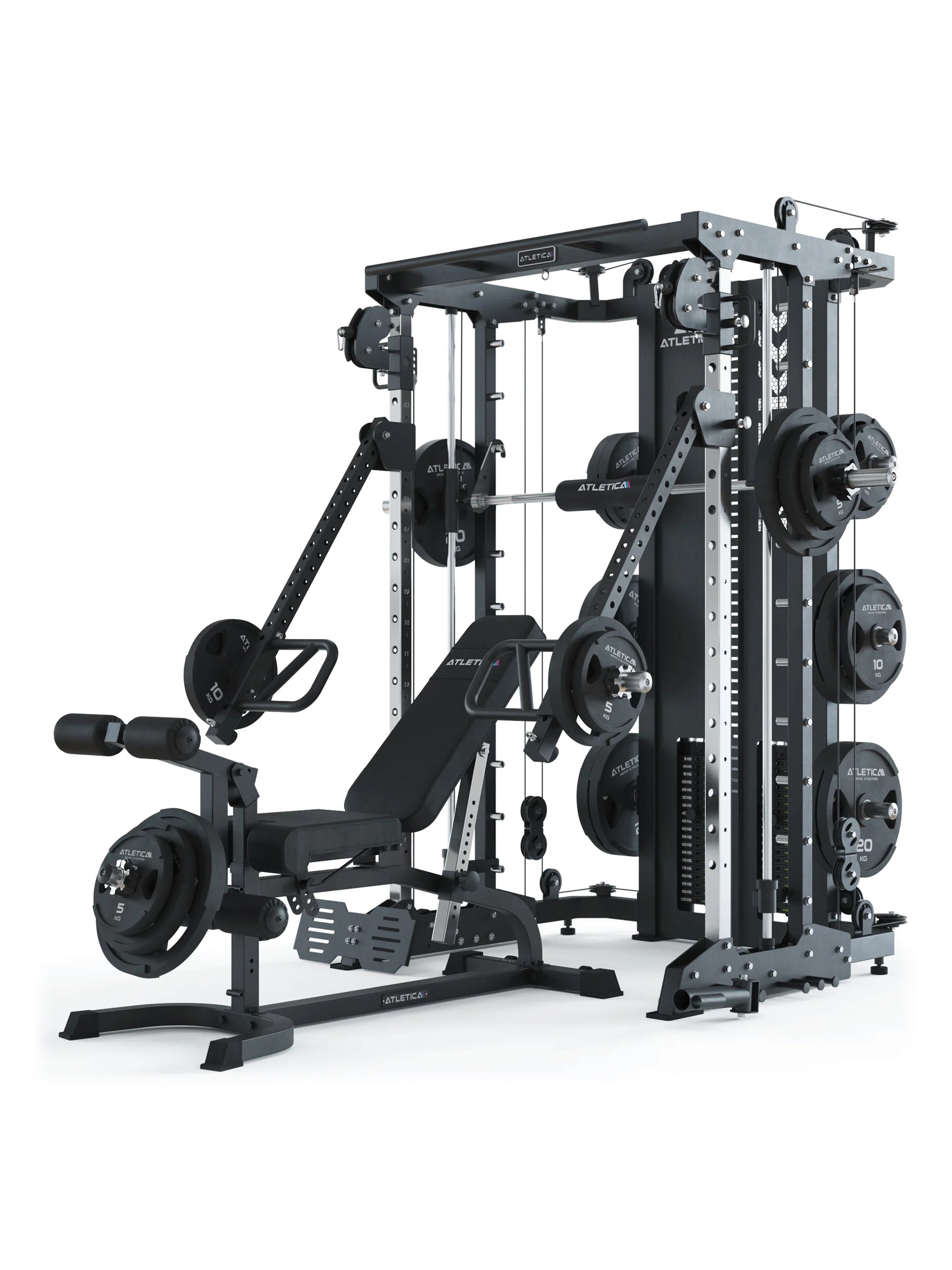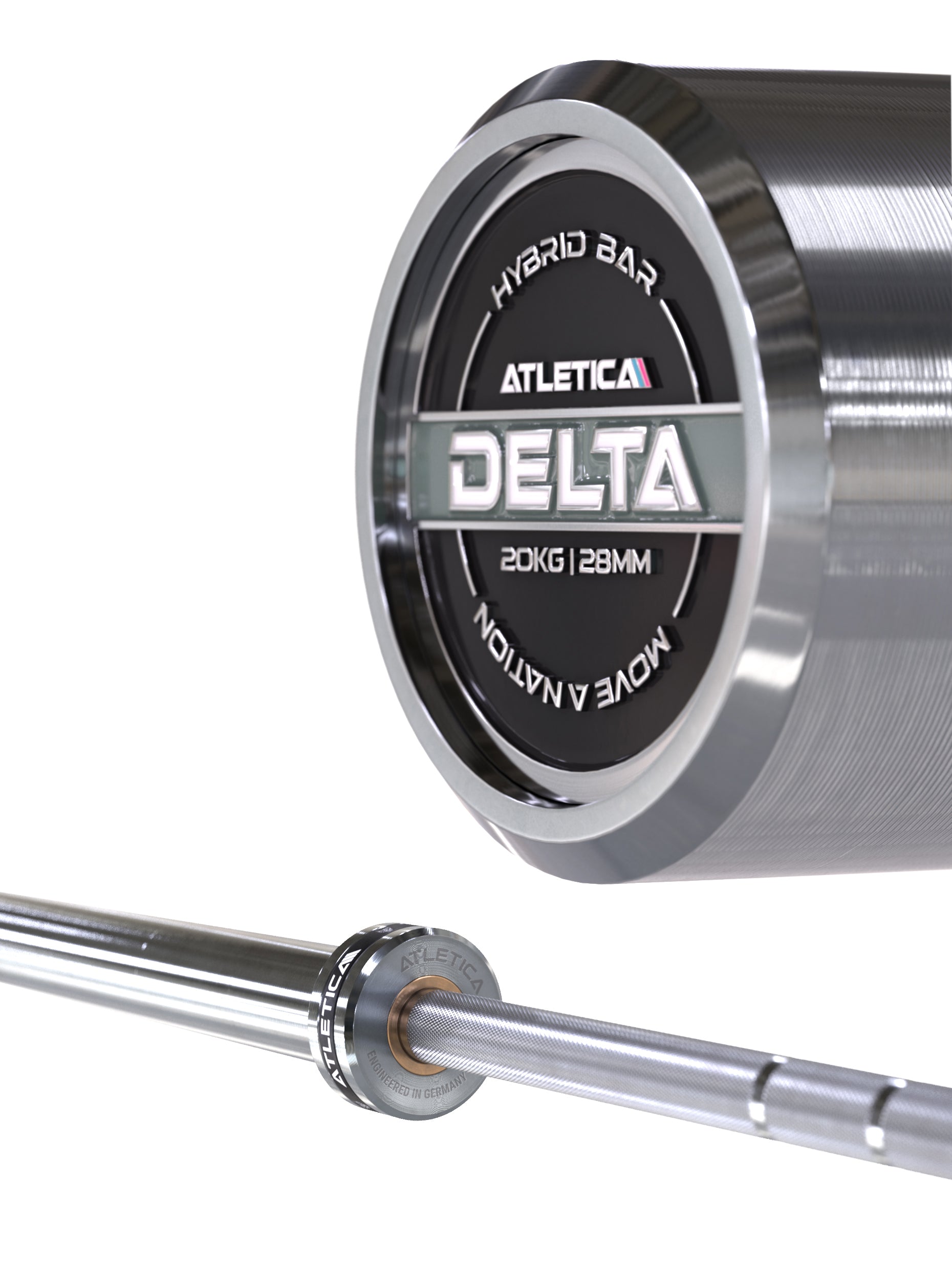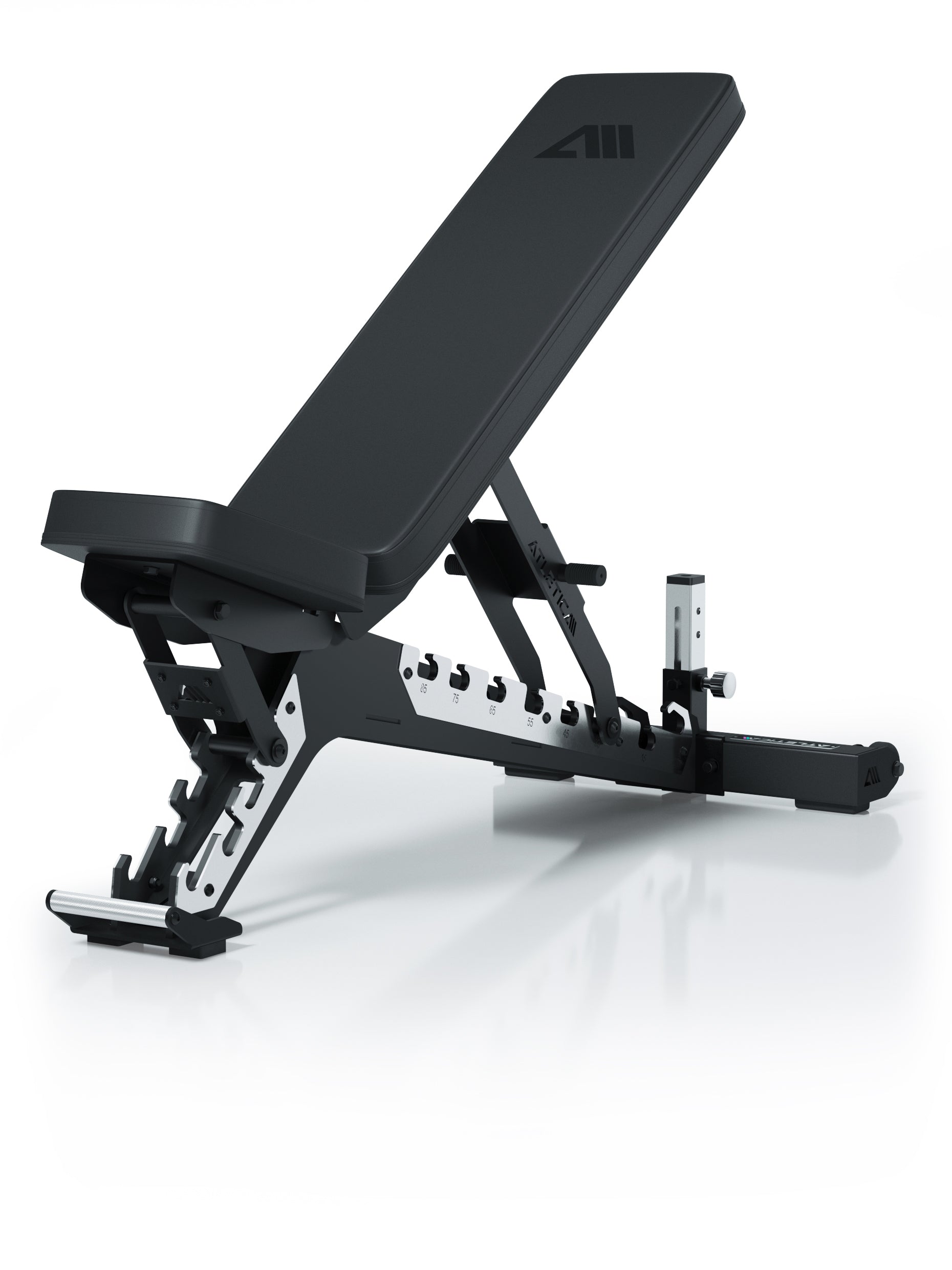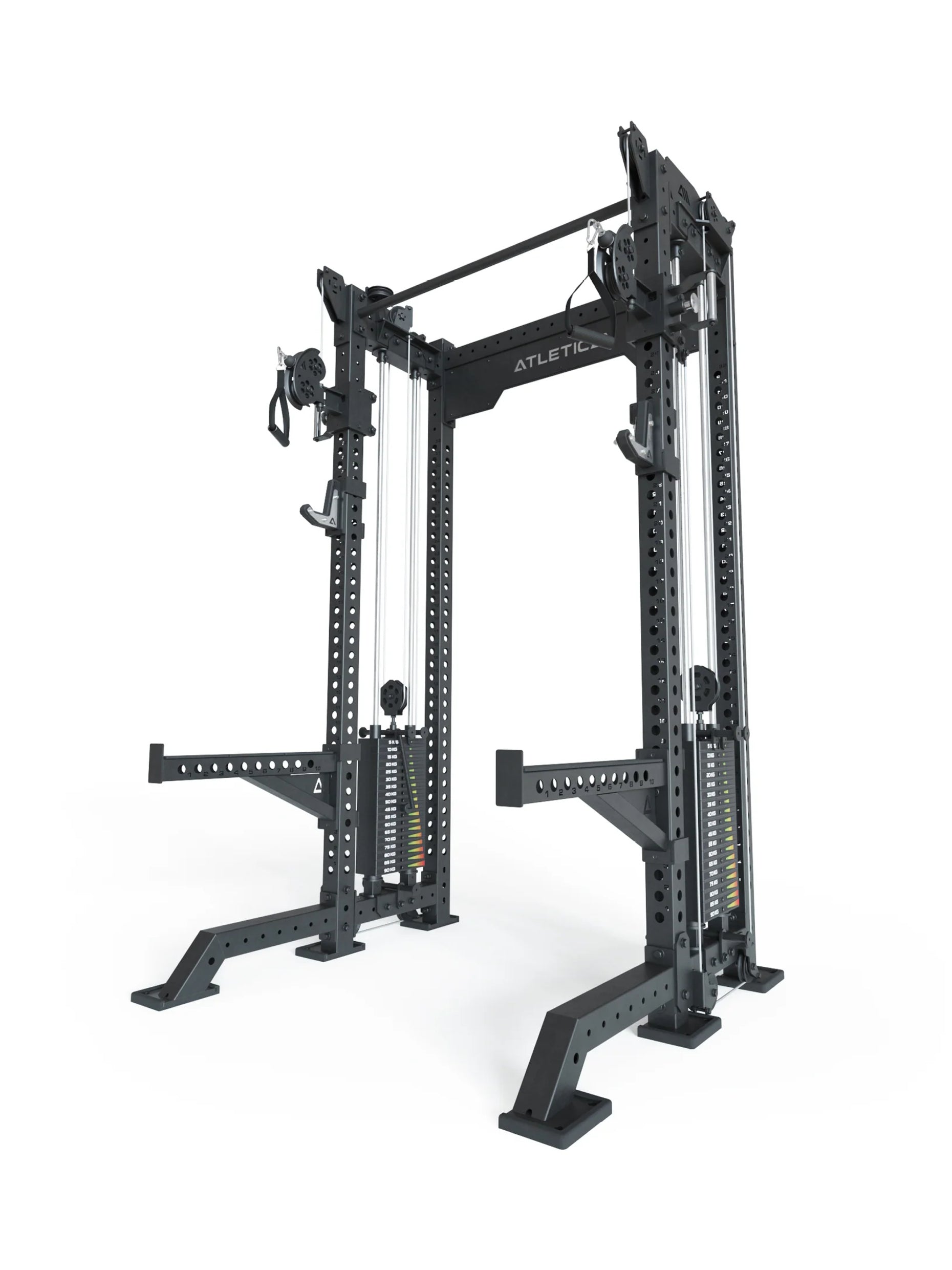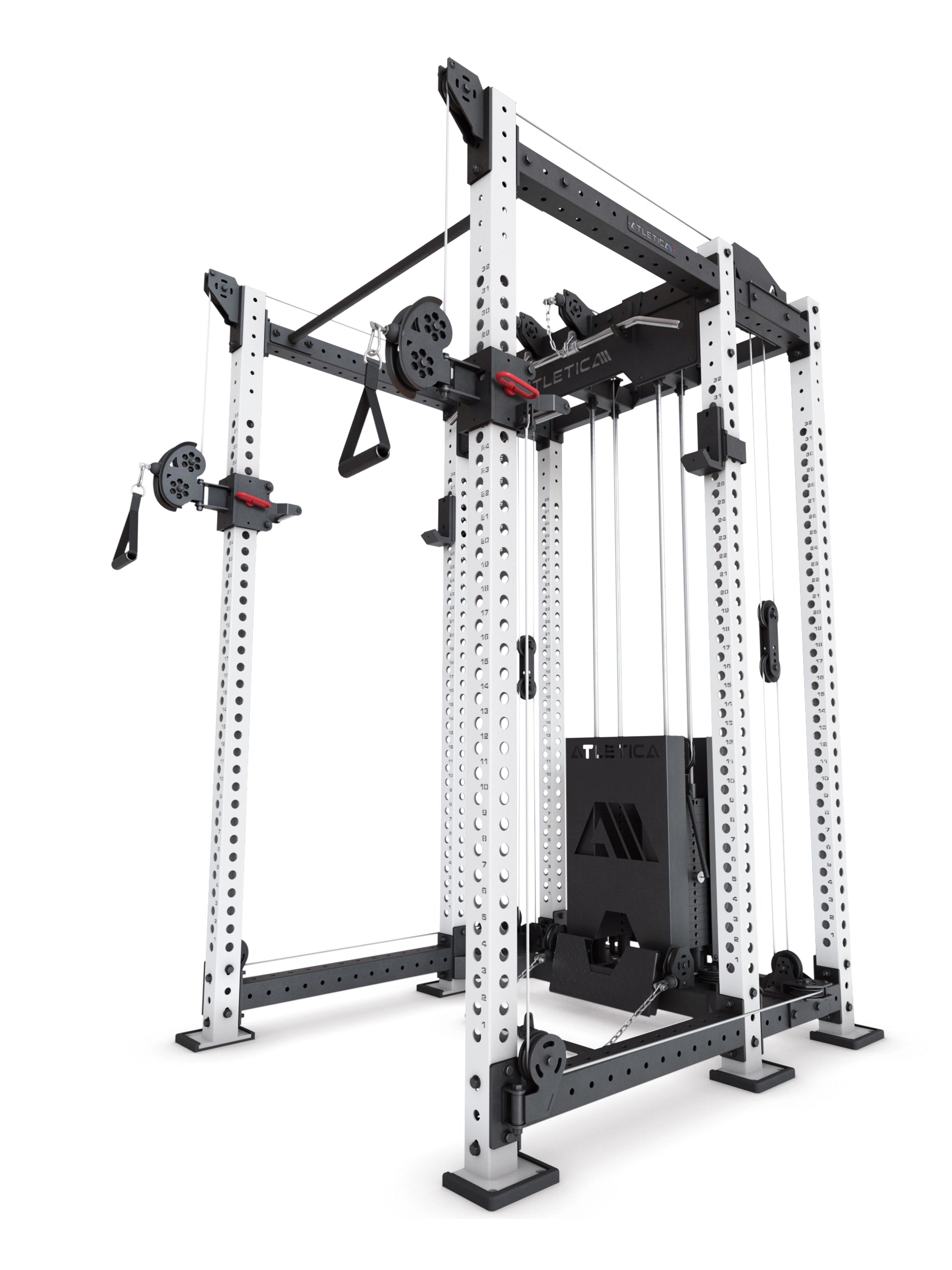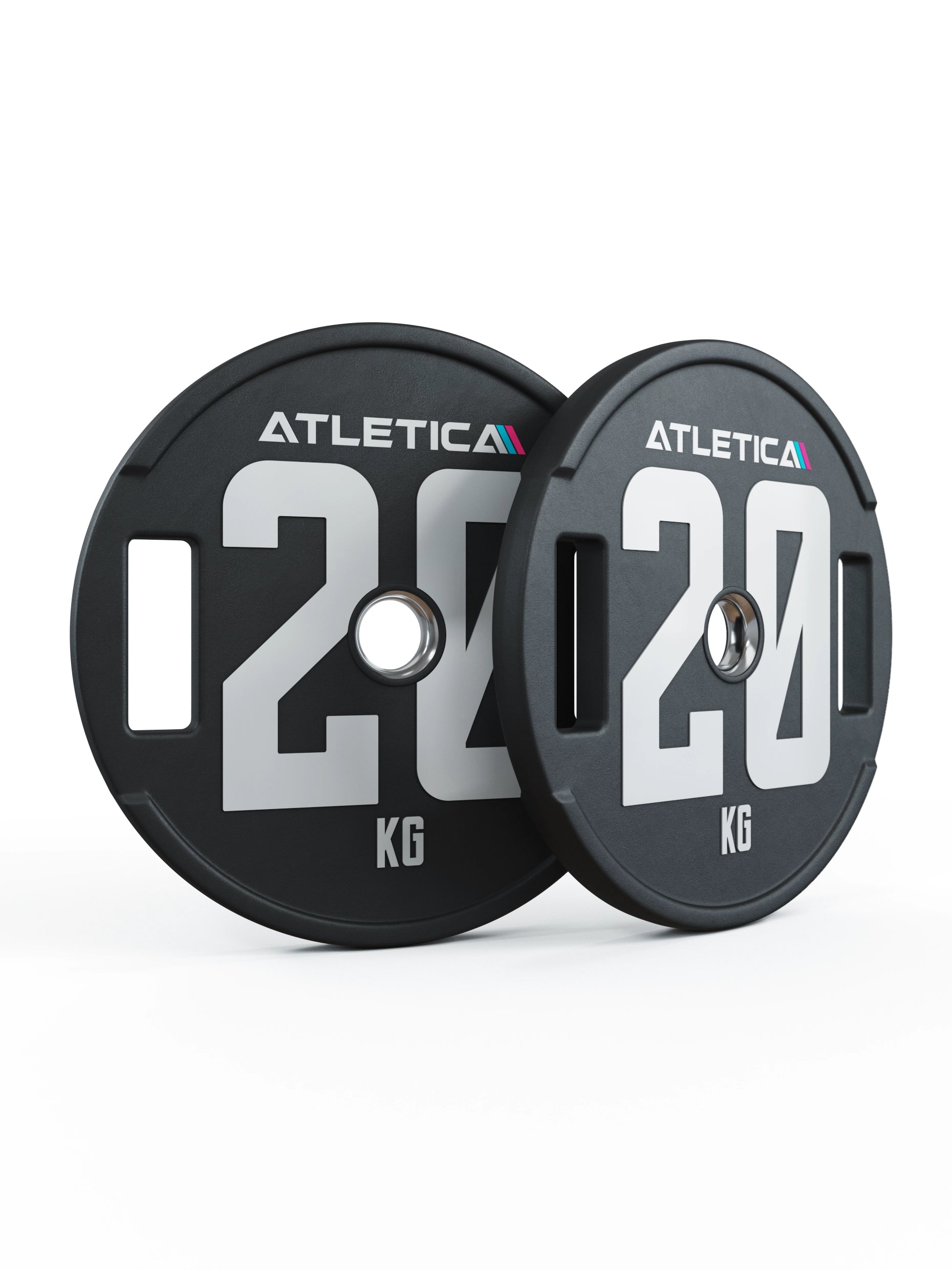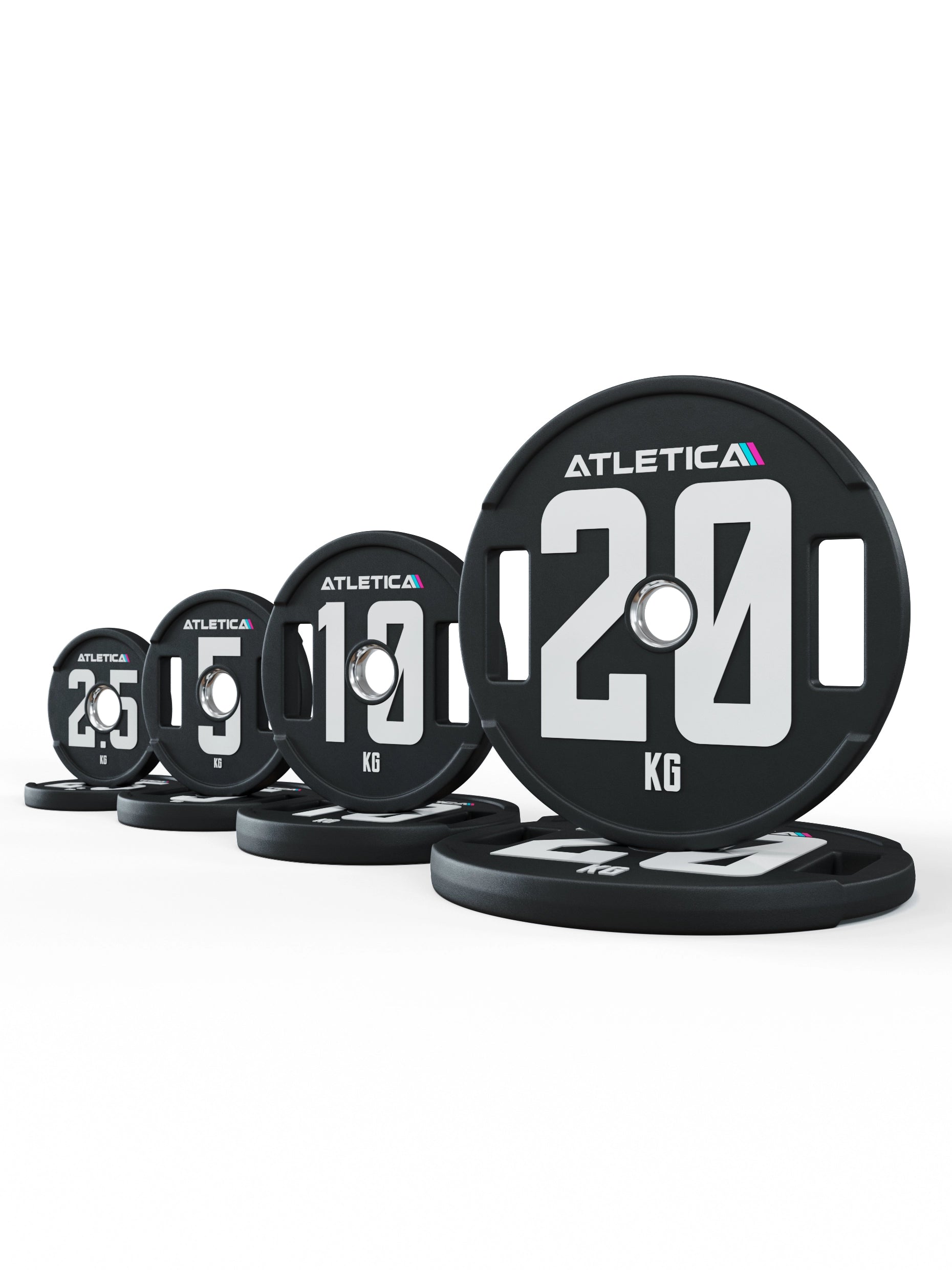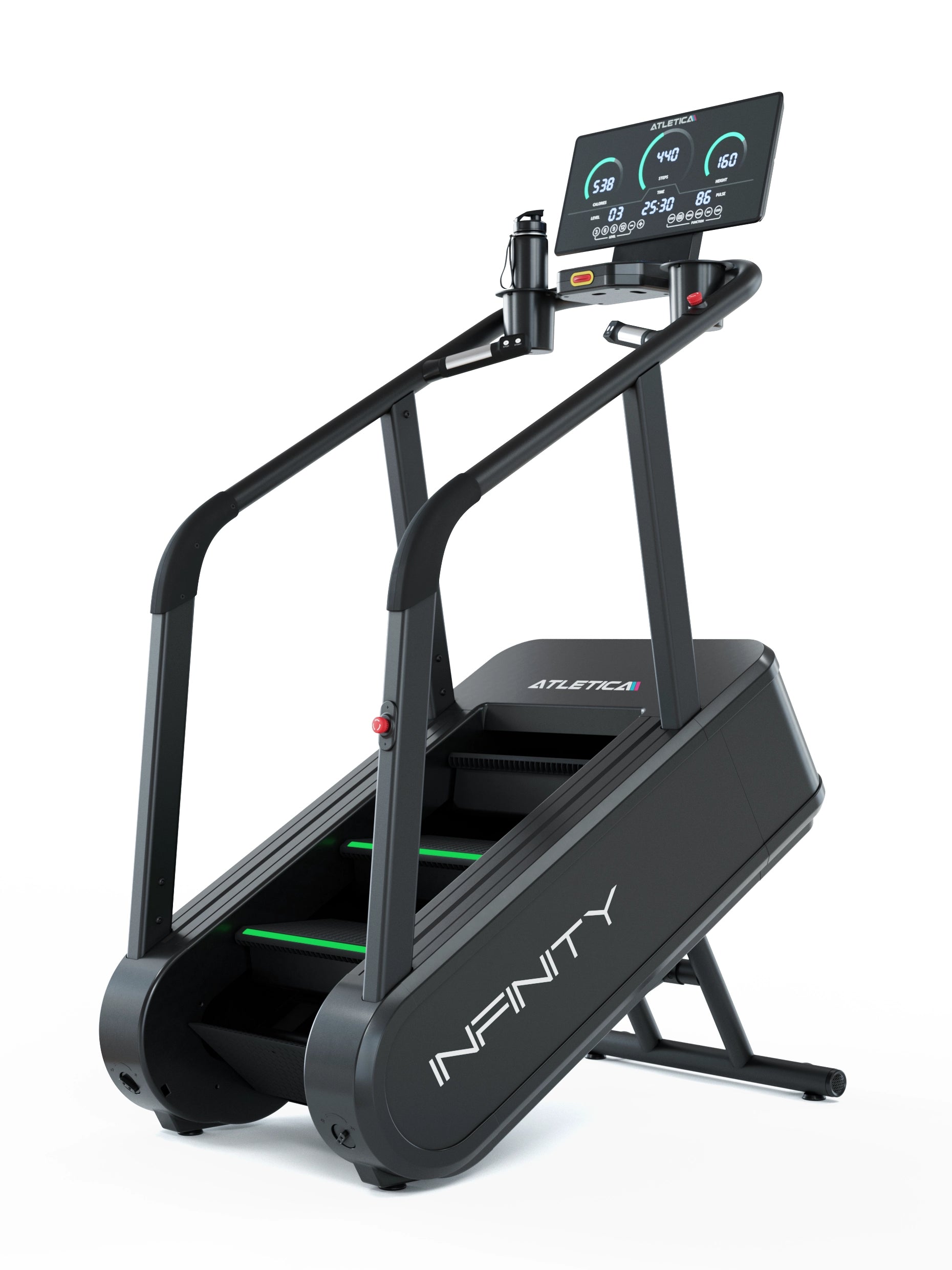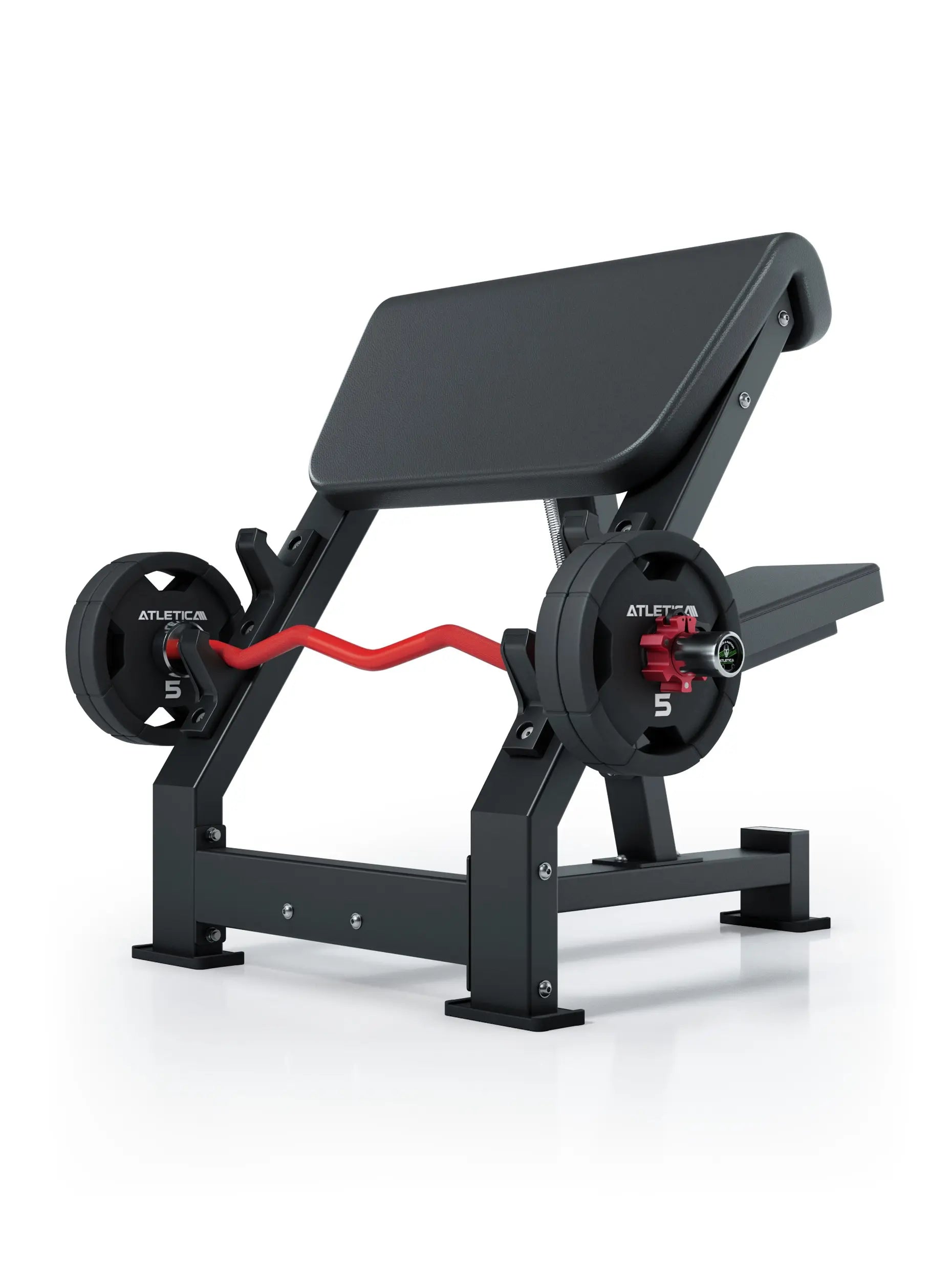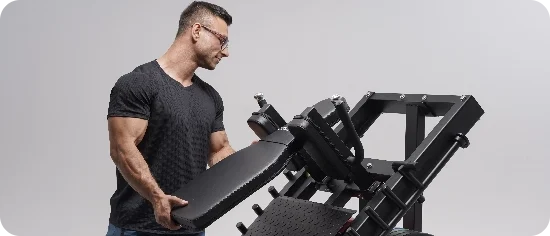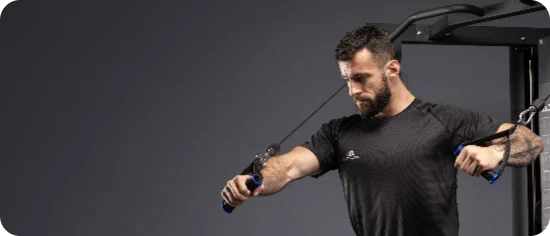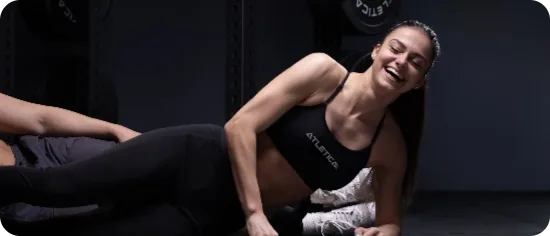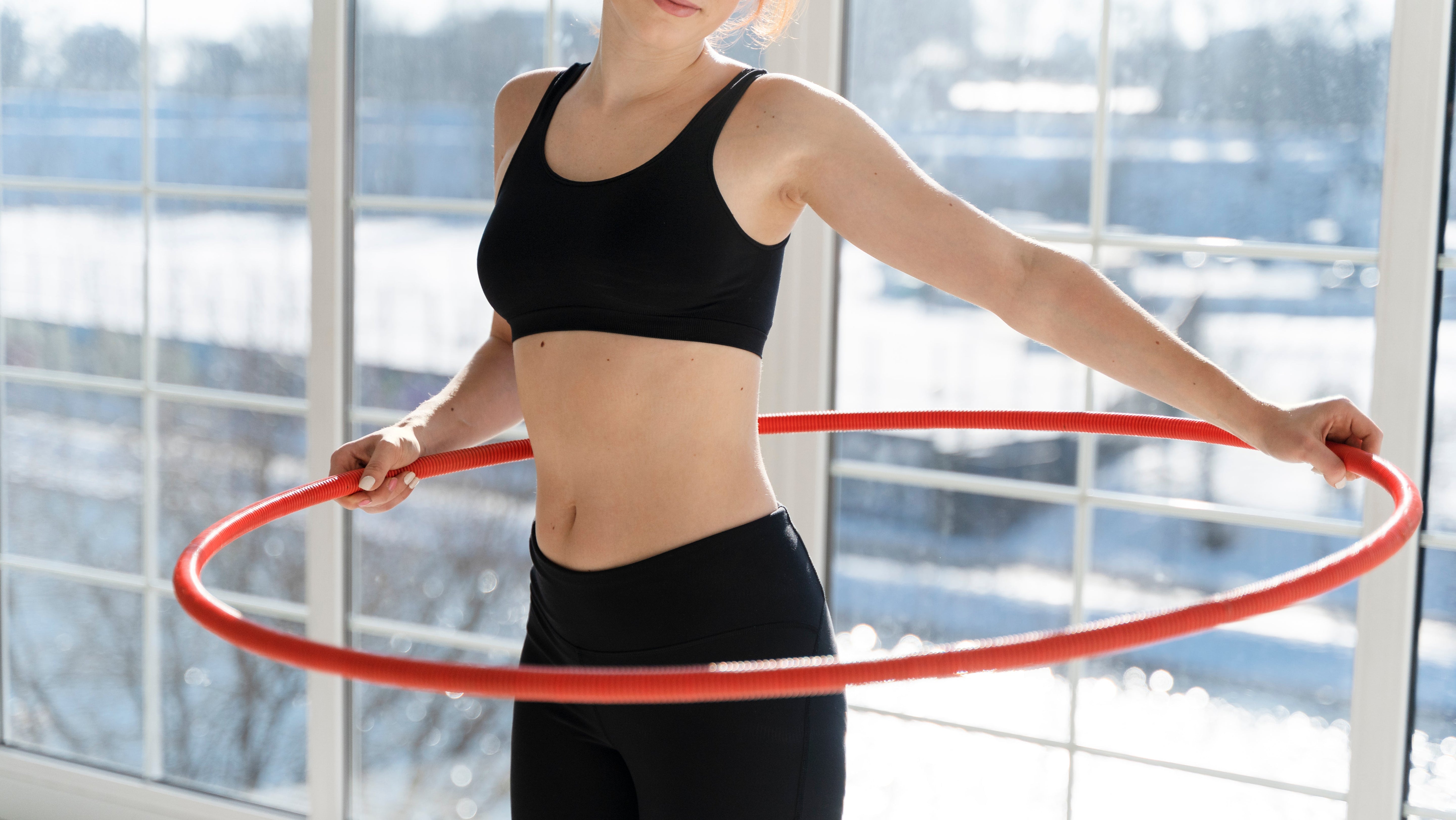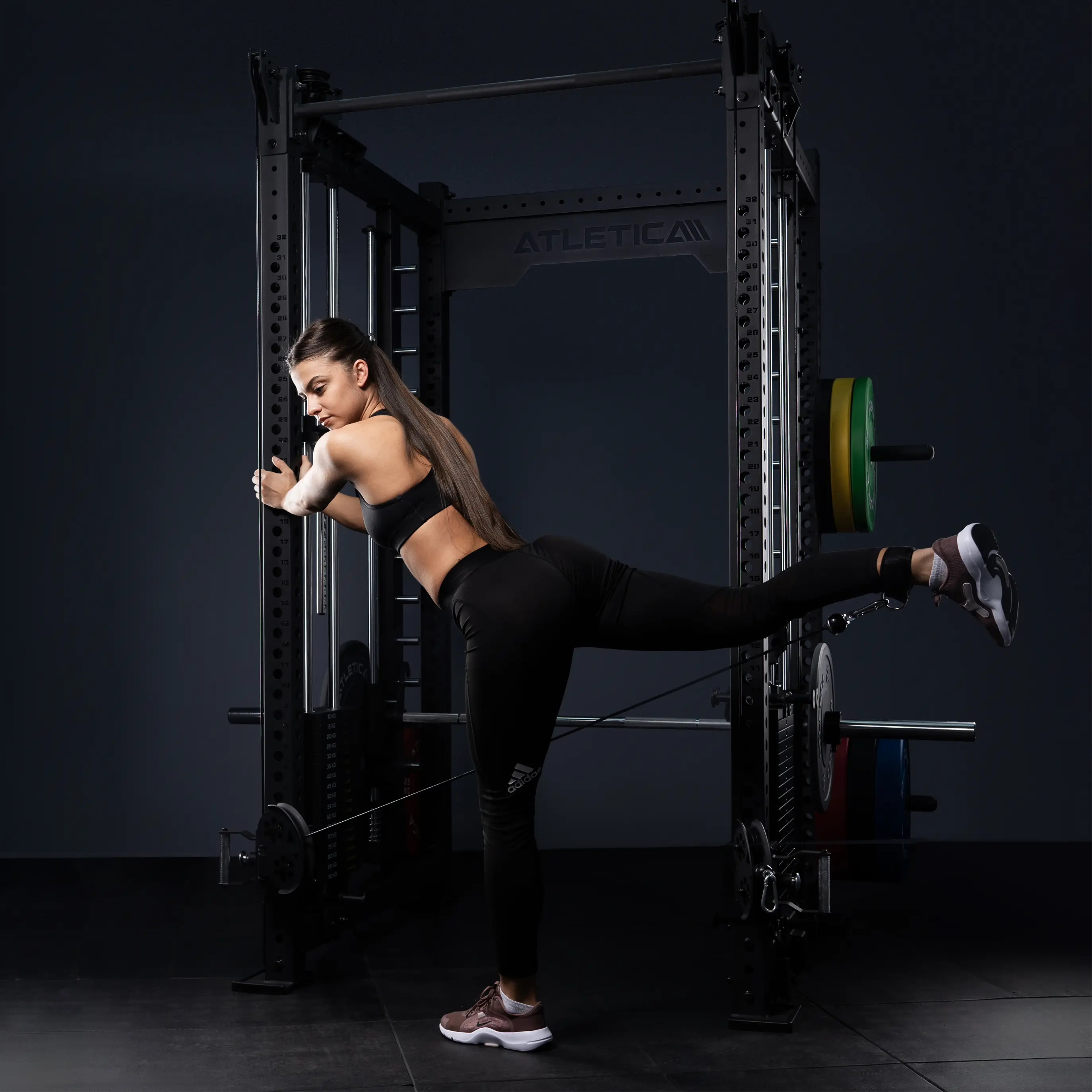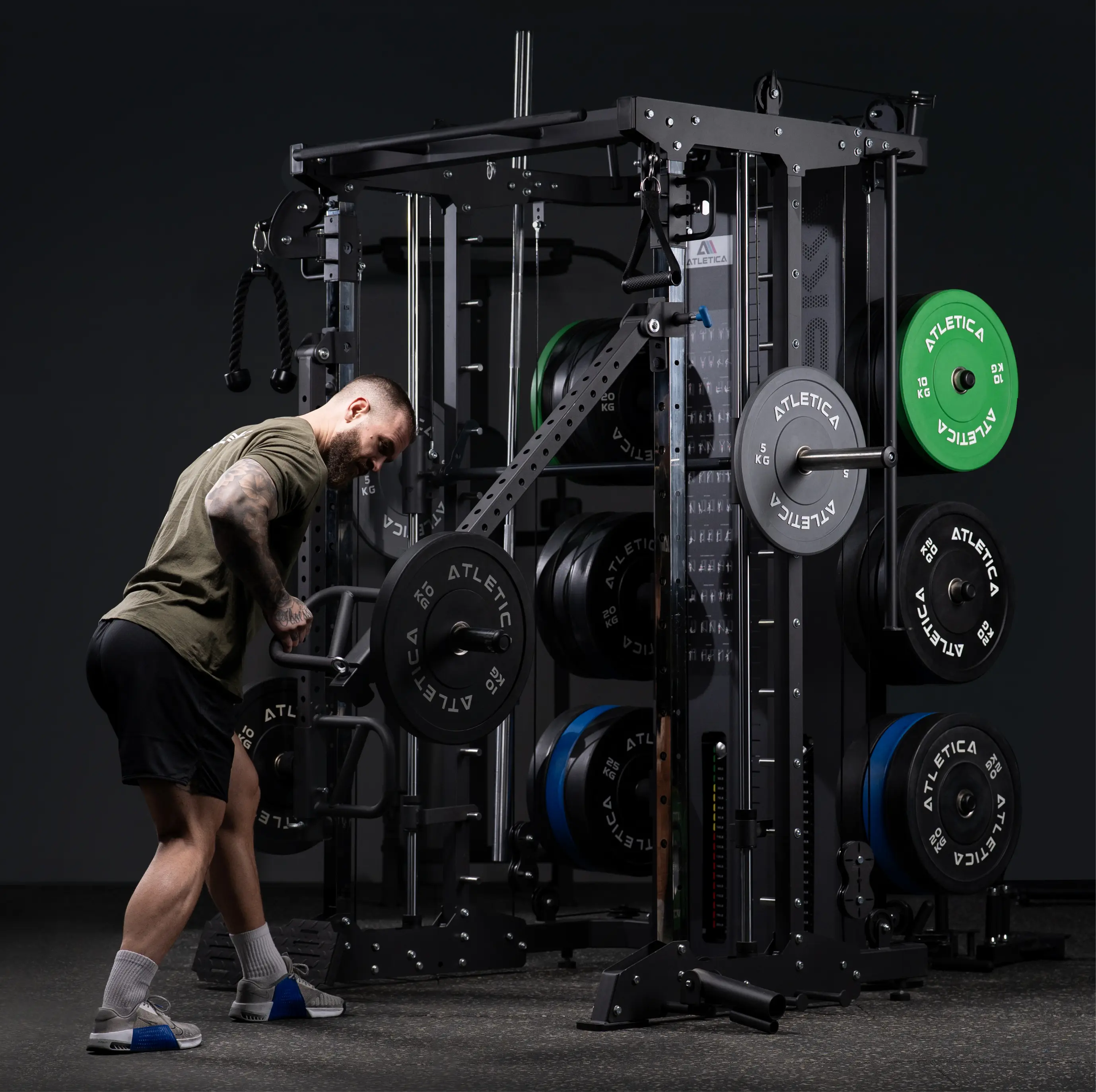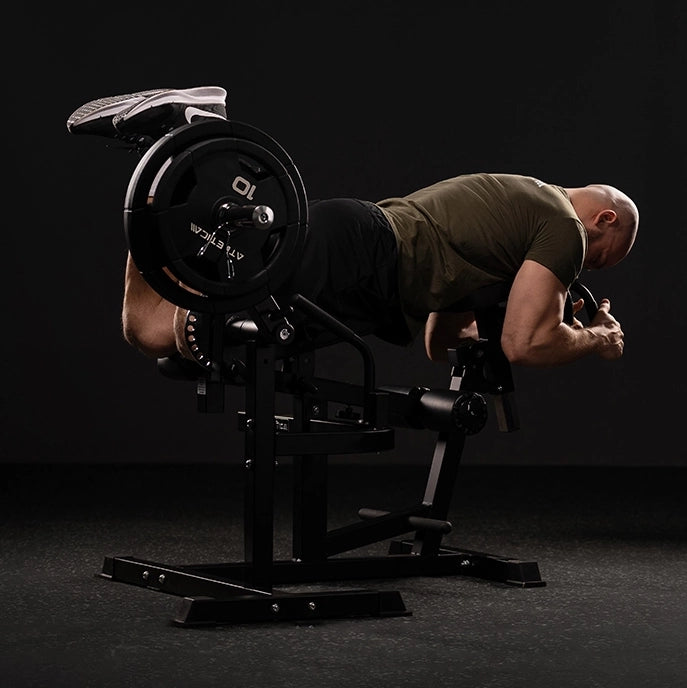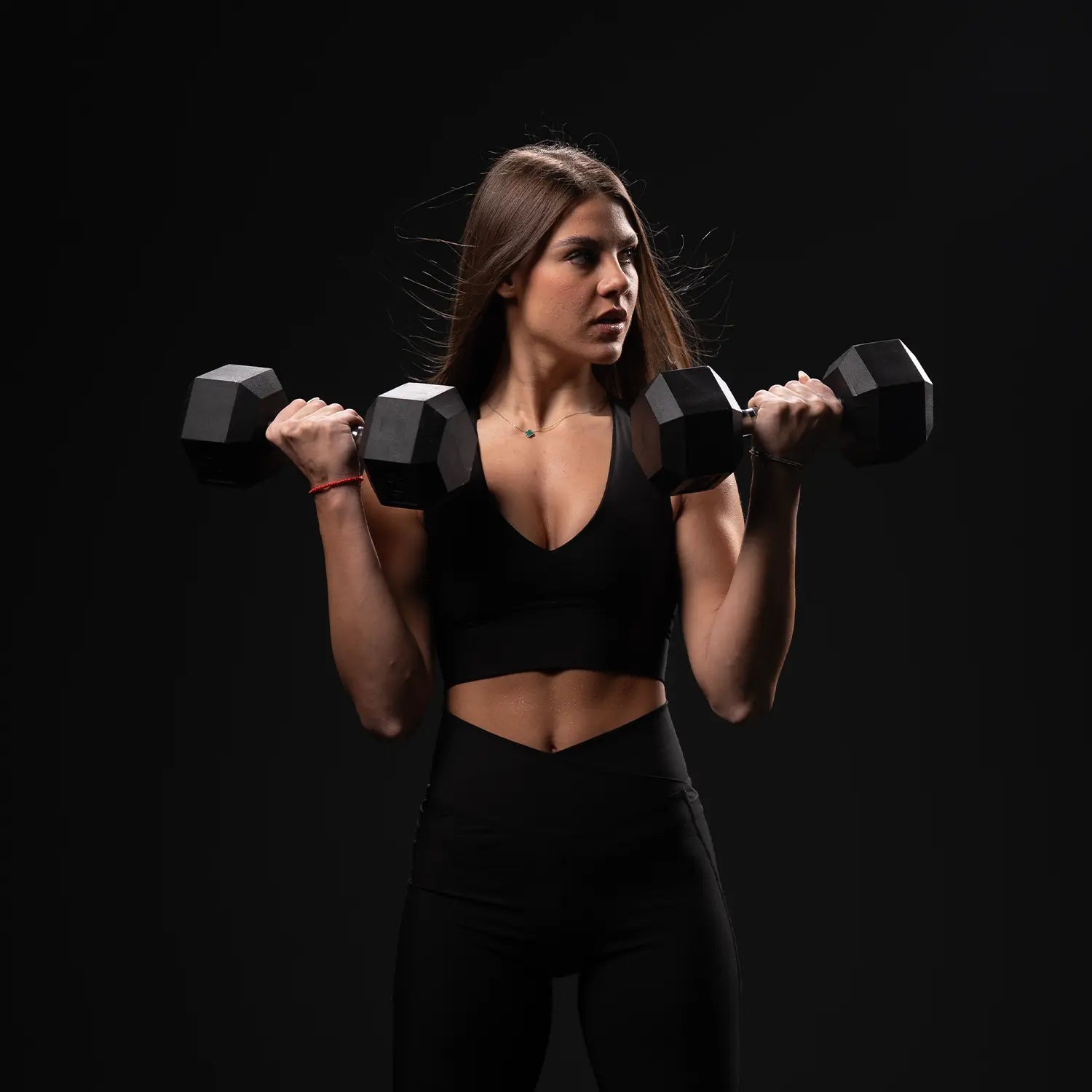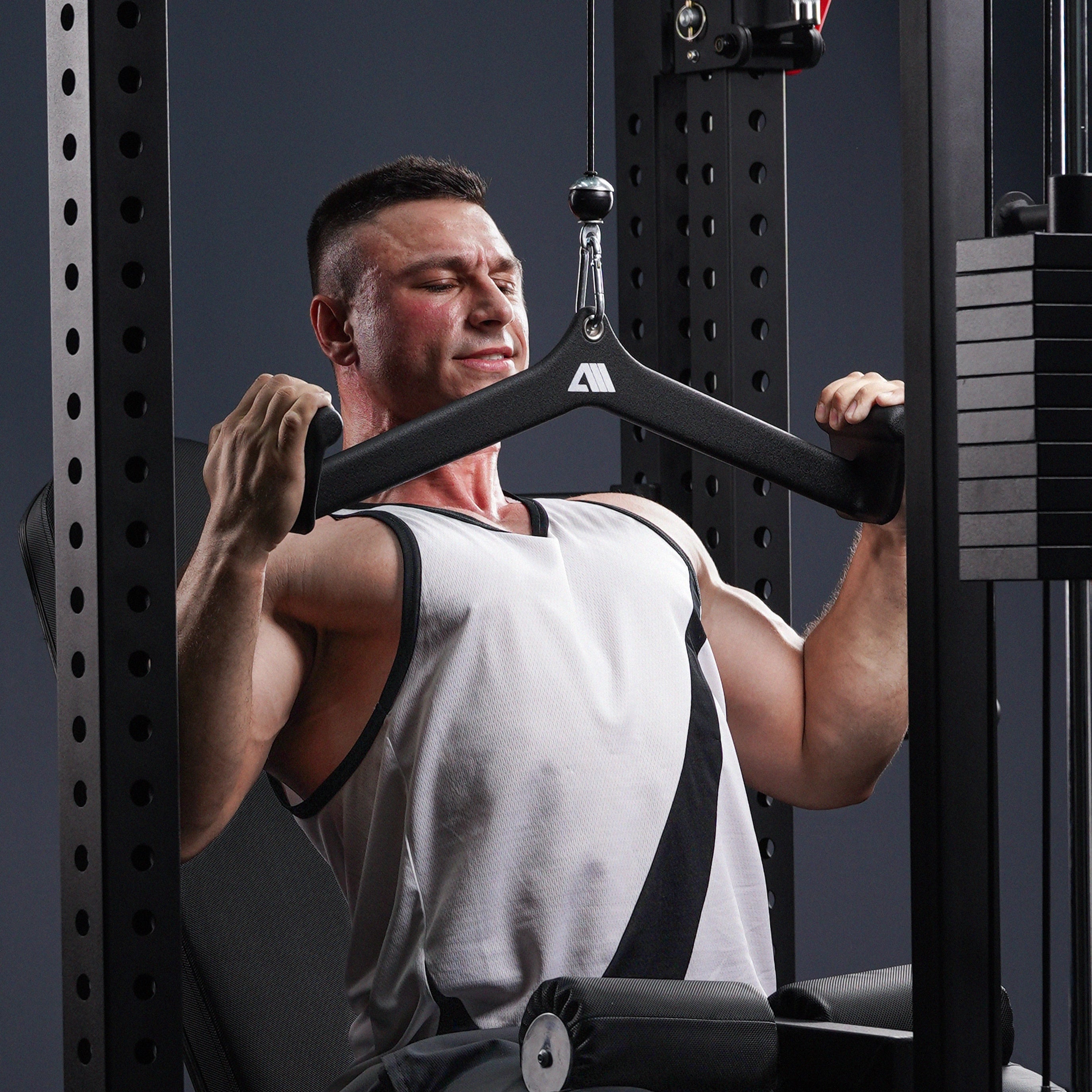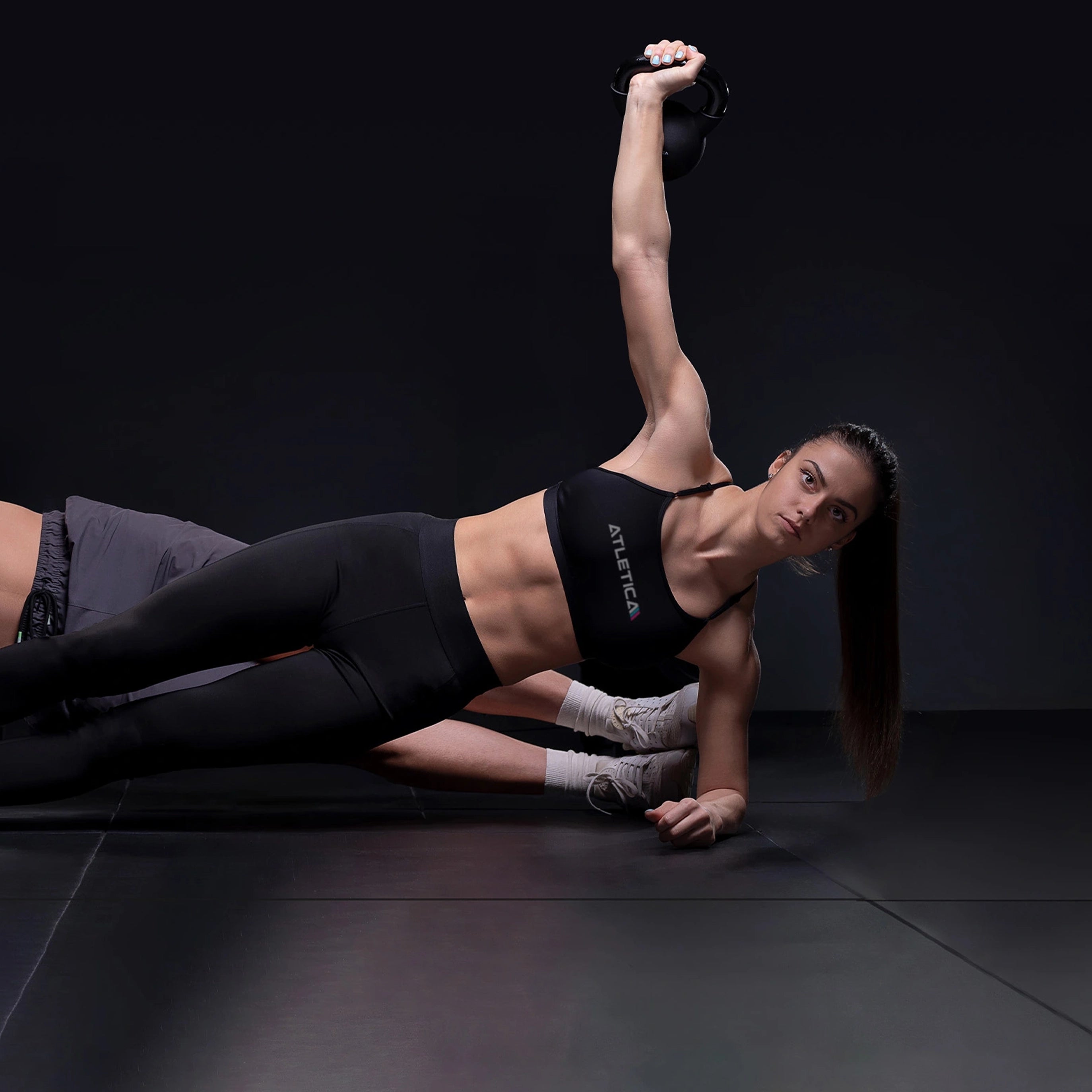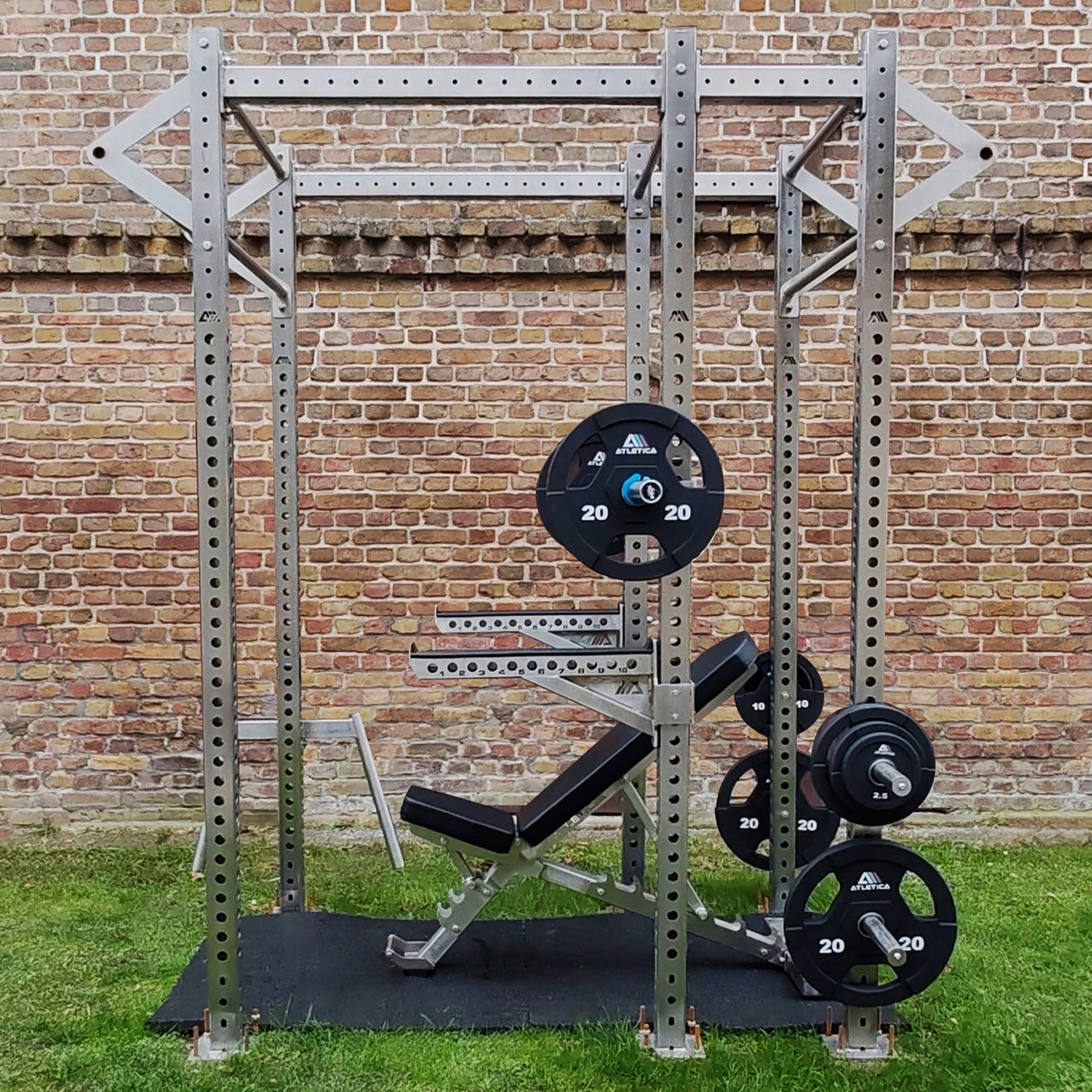Pain that radiates from the shoulder into the arm can severely impact daily life. Often, it's caused by shoulder-arm syndrome—a collective term for various conditions that include tension, nerve irritation, or restricted movement. But what exactly are the causes, and how can the symptoms be treated? In the following article, you'll learn everything you need to know about shoulder-arm syndrome, which exercises can help, and the role targeted movement plays in healing. Discover how you can specifically alleviate your symptoms!

What is shoulder arm syndrome?
Shoulder-arm syndrome refers to a range of complaints that radiate from the shoulder to the arm. The symptoms often arise from tension, nerve irritation, or circulatory disorders in the cervical spine, shoulder, or surrounding structures. It is not a separate medical condition, but rather a collective term for various causes that produce pain and restricted movement.
Common causes of shoulder arm syndrome:
- Muscle tension : Often caused by poor posture, stress or lack of exercise.
- Nerve irritation or compression : For example, due to a herniated disc or a narrowing of the nerve channels in the cervical spine.
- Wear and tear (osteoarthritis) : particularly in the shoulder or cervical spine.
- Inflammatory diseases : Such as bursitis or tendonitis.
- Circulatory disorders : Can also cause pain and numbness.
Symptoms:
- Pain radiating from the shoulder into the arm.
- Restricted movement in the shoulder or neck area.
- Numbness or tingling in the arm or fingers.
- Muscle tension, especially in the neck and shoulder muscles.
- Weakness or loss of strength in the arm.
Treatment options:
Therapy depends on the cause and may include the following measures:
- Physiotherapy : Targeted exercises to loosen and strengthen the muscles.
- Drug treatment : painkillers or anti-inflammatory drugs.
- Heat or cold therapy : To relieve pain and tension.
- Manual therapy : To mobilize the joints and release blockages.
- Ergonomics in everyday life : improving sitting posture and movement patterns.

Tip: If you suffer from persistent symptoms, you should consult a doctor or physiotherapist to determine the exact cause and initiate appropriate treatment. Shoulder-arm syndrome can often be effectively treated with targeted measures.
Can exercise help with shoulder arm syndrome?
Yes, exercise and targeted movement can help relieve symptoms and promote healing in cases of shoulder-arm syndrome. Regular, controlled exercise promotes circulation, loosens tense muscles, and strengthens muscles, which can lead to better posture and less pain in the long run. However, it is important to tailor the exercises to the individual symptoms to avoid overloading or incorrect movements.
How can sport help?
- Relieving tension: Light, targeted movements can loosen tense muscles and improve mobility.
- Improve blood circulation: Exercise promotes blood circulation in the affected areas, which aids healing.
- Strengthening the muscles: Strengthening exercises stabilize the shoulder and neck muscles and reduce the strain on the joints.
- Improve posture: Exercise can help correct poor posture, which is often a cause of shoulder-arm syndrome.
Recommended sports and exercises
- Swimming (backstroke): Gentle exercise that strengthens the shoulders and arms without putting strain on them.
- Yoga or Pilates: Promotes mobility, strengthens deep muscles and improves posture.
- Physiotherapeutic exercises: Special stretching and strengthening exercises targeting the shoulder and neck region.
- Light strength exercises: For example, with resistance bands or small weights. Exercises like rowing or lateral arm raises are particularly helpful.
- Mobilization exercises : Such as shoulder circles or gentle stretching exercises for the neck and arms.

What you should pay attention to:
- No overload: Perform the exercises slowly and carefully to avoid pain or worsening of symptoms.
- Consult an expert: Talk to a doctor or physical therapist to make sure the exercises are appropriate for your condition.
- Regularity counts: Short, regular training sessions are more effective than sporadic, intensive training.
- Take breaks: Avoid overexertion and give your body time to regenerate.
Sport and targeted exercise are important components in the treatment of shoulder-arm syndrome. They promote healing, prevent relapses, and strengthen the affected region. With the right guidance, you can reduce pain and achieve long-term improved mobility and posture.
And which fitness equipment is best suited for this?
Certain fitness equipment can ideally support training for shoulder-arm syndrome, as they enable targeted movements and gently strengthen the affected muscles. Here are the best equipment suitable for training with shoulder-arm problems:
1. Resistance Bands
- Why? : Gentle training with individually adjustable resistance. Ideal for mobilization and strengthening exercises for the shoulder muscles.
- Tip: Exercises such as rowing, lateral arm raises or shoulder rotations are particularly effective.
2. Dumbbells (light weights)
- Why? : Light dumbbells are ideal for exercises to strengthen the shoulder and neck muscles.
- Tip: Choose a light weight (1-3 kg) and perform exercises such as front raises or one-arm rowing slowly and in a controlled manner.
3. Suspension trainer (TRX)
- Why? : Allows for functional exercises that use your own body weight as resistance. Perfect for shoulder stabilization and core strengthening.
- Tip: Try gentle rowing exercises or plank variations to activate the shoulder and back muscles.
4. Ergometer (e.g. exercise bike)
- Why? : Gentle endurance training that promotes blood circulation in the shoulder and arm region without putting strain on the joints.
- Tip: Maintain an ergonomic posture to avoid putting additional strain on your neck and shoulder muscles.
5. Cable pulling machine
- Why? : Enables targeted exercises such as lat pulldowns or face pulls that strengthen the shoulder muscles and promote mobility.
- Tip: Set the resistance low and pay attention to clean technique to avoid overloading.
6. Fascia roller or fascia ball
- Why? : Ideal for relieving tension in the shoulder and neck area and improving circulation.
- Tip: Roll gently over tense areas such as the upper back or the side neck muscles.
7. Pilates ring or softball
- Why? : Supports mobilization and stabilization exercises for the shoulders and arms.
- Tip: Use the Pilates ring for gentle push and pull movements to strengthen the deeper muscles.
8. Back trainer (hyperextension bench)
- Why? : Strengthens the core and back muscles, which relieves pressure on the shoulder and stabilizes it.
- Tip: Perform gentle extensions and pay attention to correct posture.

Fitness equipment such as resistance bands, sling trainers or ergometers offer you the opportunity to specifically strengthen your shoulder and arm muscles while protecting your joints.
You'll find the best fitness equipment for effective, joint-friendly training in the Atletica online shop. Whether you're looking for resistance bands, suspension trainers, ergometers, or other high-quality equipment – we offer a carefully selected range of products perfectly tailored to your fitness needs. With our equipment, you can specifically strengthen your muscles, relieve tension, and keep your body fit for the long term.
Stop by now and discover our range of modern and durable fitness equipment. Start your training with Atletica today and take your fitness to the next level – your body will thank you!

Eliminate shoulder arm syndrome – together with Atletica!
You'll find the best fitness equipment for effective, joint-friendly training in the Atletica online shop . Whether you're looking for resistance bands, suspension trainers, ergometers, or other high-quality equipment – we offer a carefully selected range of products perfectly tailored to your fitness needs. With our equipment, you can specifically strengthen your muscles, relieve tension, and keep your body fit for the long term.
Stop by now and discover our range of modern and durable fitness equipment. Start your training with Atletica today and take your fitness to the next level – your body will thank you!





